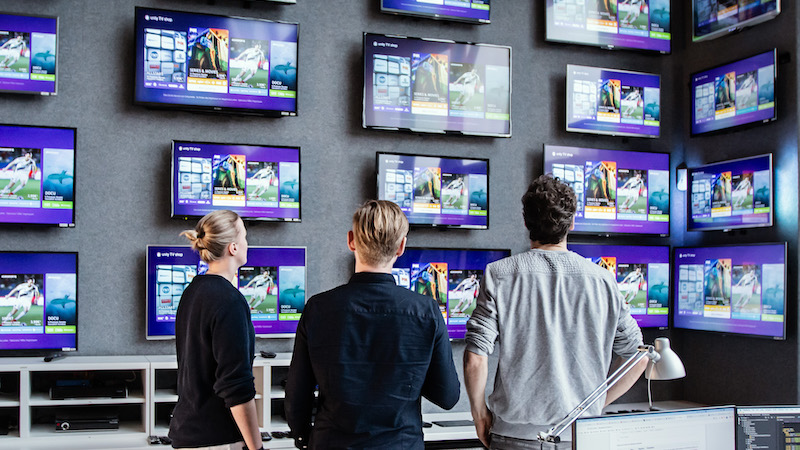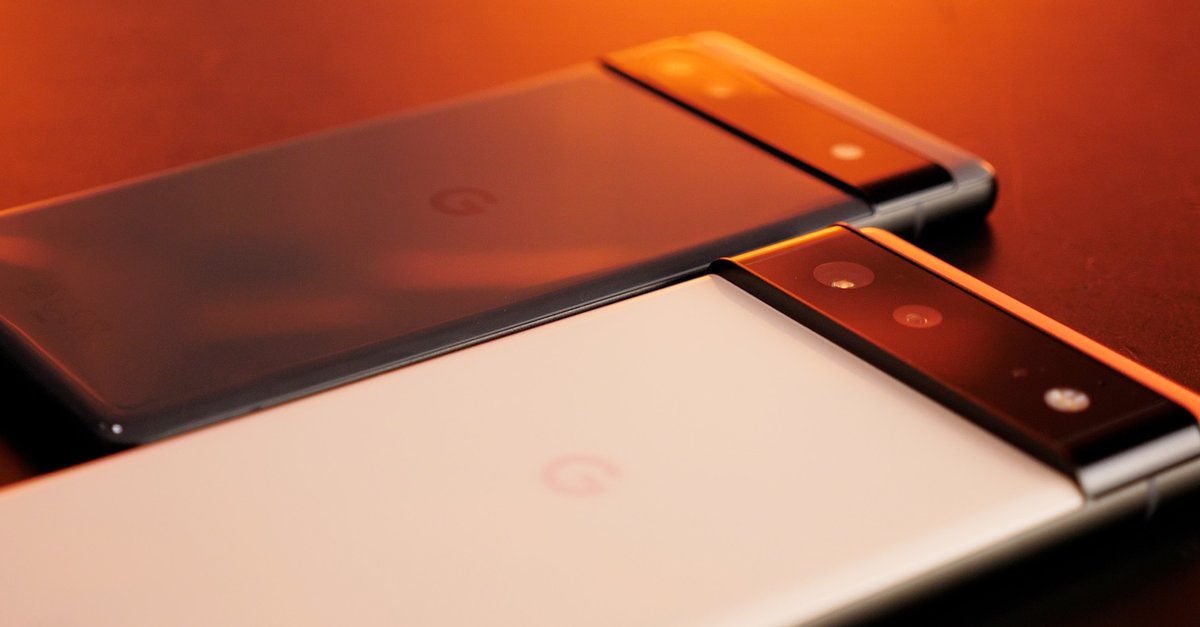OpenAI AI becomes more powerful and multimodal
At the end of last week, a German Microsoft manager slipped out the launch date for GPT-4 – coincidence or not? Doesn’t matter! In any case, the GPT-3 successor is now official.
Contents
Access to GPT-4 via ChatGPT Plus – or Bing
“Here is GPT-4, our most powerful model yet,” announced OpenAI boss Sam Altman via Twitter. Interested parties can use it via the API, but must be put on a waiting list. ChatGPT Plus subscribers already get access to GPT-4.
Editor’s Recommendations
Microsoft hurried for the official GPT-4 start not only to congratulate OpenAI, but also to confirmwhich some already assumed: “The new Bing runs with OpenAIs GPT-4”.
This means: Anyone who has used the Microsoft search engine with the Bing Bot based on the GPT AI in the past few weeks has already had the opportunity to experiment with an early version of GPT-4. Until now, Bing’s AI chatbot ran under the version title GPT-3.5.
But what can GPT-4 actually do? The best way to see how powerful the system is is to compare it to its predecessor. While GPT-3 worked with “only” 175 billion parameters, GPT-4 has 100 trillion parameters available. According to observers, a “quantum leap”.
GPT-4 is said to be more creative and better at collaborating with users than its predecessors. This should range from composing songs and writing screenplays to learning the writing style of the users.
It is impressive that GPT-4 now also reacts to images as input – and recognizes the content shown there and can deal with it.
An example: A picture shows many balloons hanging on strings. When asked what would happen if you cut the strings, the system replies that the balloons will then fly away.
In addition, GPT-4 can handle up to 25,000 words of text. GPT-3 capped at 3,000 words. This allows the AI to create longer content and have longer conversations. In addition, GPT-4 can also search through documents and then analyze the content.
OpenAI also stated that GPT-4 is now more secure in terms of controversial content and fake news. The new version of the AI would be 82 percent less likely to respond to requests about disallowed content.
In addition, GPT-4 is 40 percent more likely to provide factual answers than GPT-3.5, according to OpenAI, which used internal ratings for this.
It remains to be seen to what extent the AI will continue to produce insults or fake news. In any case, OpenAI founder Altman warned that the new model was still flawed and had its limits.
Dall-E paints our headlines
The limits include social prejudices, so-called hallucinations and controversial requests, as OpenAI says. The company says it is working on it.
“It still seems more impressive the first time you use it than after you spend more time with it,” says Altman.



